How to grow chillies in Britain: What to plant, where to plant them and how to make them grow
We associate chillies with hot climates, but they can be grown on these shores — Mark Diacono explains how.

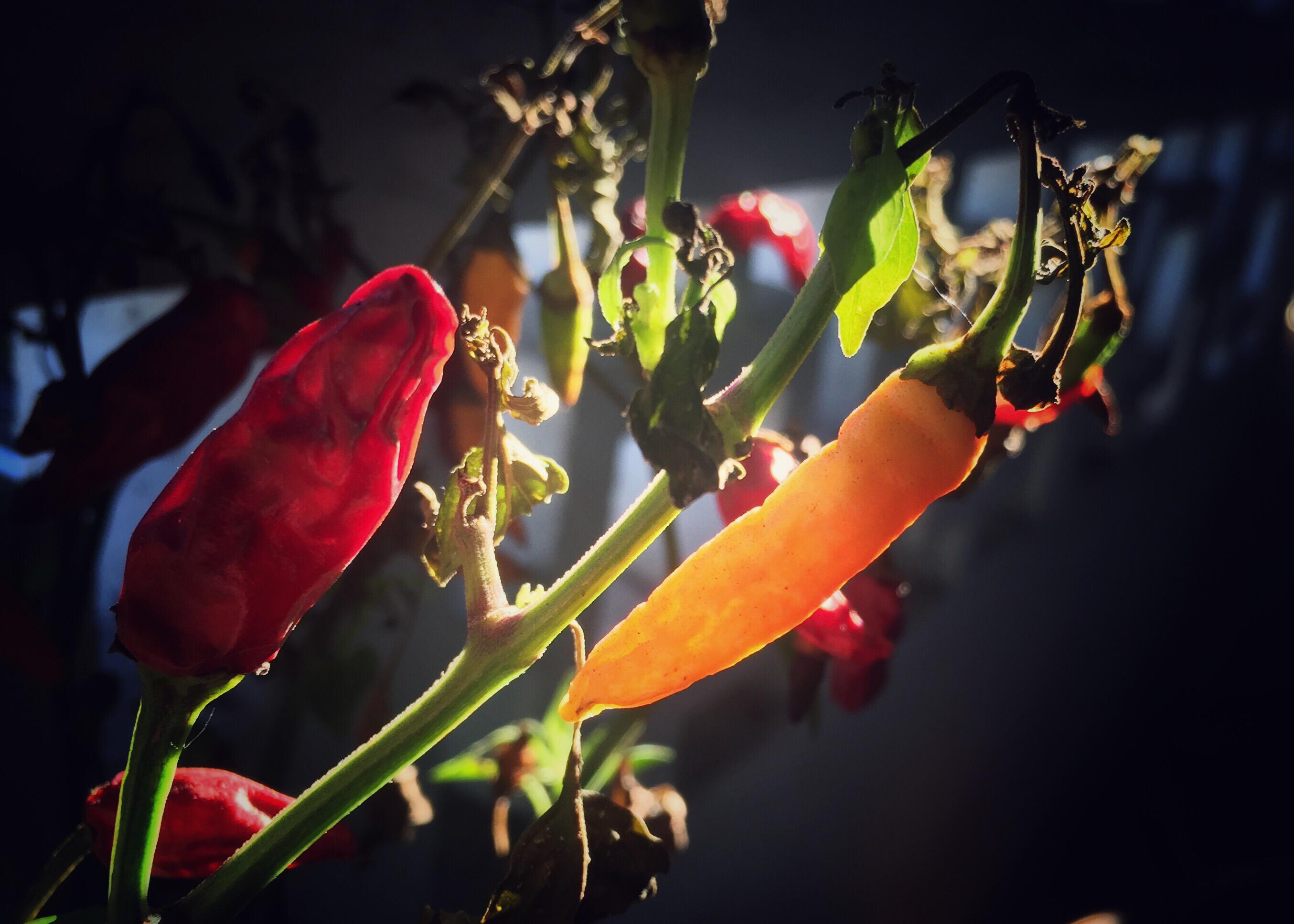
Those of you who have kept sheep know that they’re seemingly born in search of ill-health; if you’ve tried growing chillis, you might be forgiven for thinking that they’re the vegetable equivalent. Although not quite so intent on bringing about their own demise as our woolly friends, chillis are certainly tricky to get to flourish.
To grow them well, you have to start them off early and provide them with plenty of heat, light and a fortnightly feed. Although the steps in guiding them from packet to plate are particular, if you follow them, you’ll be rewarded.
As ever, it’s crucial to take time over choosing your varieties. Not only does the heat range from barely a tickle at 500 Scoville Heat Units (SHUs) to the genuinely dangerous at more than one million SHUs, but the range of flavours, aromas, colours, shapes and degrees of productivity make the work you do over a glass of wine with a catalogue the key factor in your reward in summer and autumn.
The ideal way to choose well is to try before you buy. A few homegrown chillis from friends is a good place to start, otherwise, try Sea Spring Seeds (www.seaspringseeds.co.uk), which usually sells fresh chillis from its excellent range from midsummer into autumn. Otherwise, you’re in the hands of catalogue descriptions and recommendations — but I’ve included some below for you to investigate.
It’s useful to know that chillis fall into two main types. First, vegetable chillis are large, thick-fleshed and typically mild. They’re usually early to mature and are therefore among the easiest to get to fruit. Many varieties do well in containers on a windowsill as well as undercover outside. Hungarian Hot Wax and Pimientos de Padrón are both excellent ones to try.
The other is spice chillies and these varieties are usually small-fruited, thin-fleshed and typically quite hot. Habañeros are a sub-group of the spice chillis and, whether they’re almost heat-free like Apricot or very hot, they have a characteristic fruity aroma and flavour.
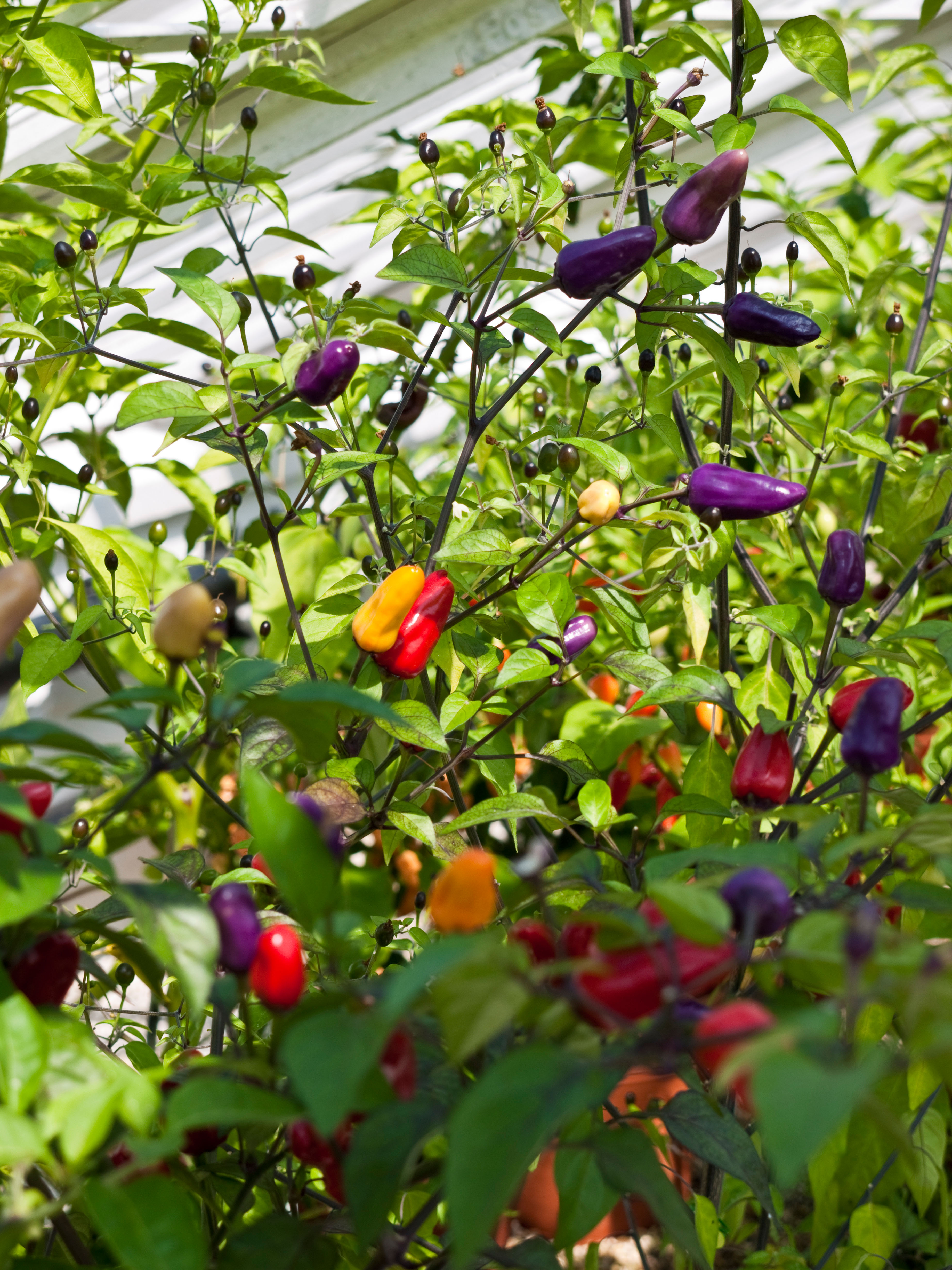
A small number of the habañeros are super-hot varieties, hundreds of times hotter than most you’ll find in the shops. The Dorset Naga can measure more than a million SHUs and can cause very serious discomfort. Super Chili and NuMex Twilight are both superb spice chillis; Apricot and Trinity are two of my favourites.
Exquisite houses, the beauty of Nature, and how to get the most from your life, straight to your inbox.
If your space is limited, pretty much any chilli will grow on a sunny windowsill: growing them in a three-litre pot has the effect of bonsaiing them.
Seven chilli varieties to grow in Britain (in ascending order of heat)
Apricot
A delicious, aromatic and very mild habanero.
Orange Pepperoncini
An old Italian variety that makes a small, bushy plant, yet gives a large harvest of sweet, orange chillis, about 31⁄2in long, with a low-medium heat.
Padrón
A classic Russian-roulette tapas chilli that’s very mild when young, maturing to become decidedly lively.
Stumpy
A low-growing chilli that’s an excellent choice for growing in a pot.
NuMex Twilight
Beautiful and productive over a long season. Ripens in an array of colours from green, yellow, orange, red and purple.
Super Chili
Very prolific (300 pods isn’t unusual), good in a container and dries well.
Trinity
A bright-red, flavoursome, hot, productive Scotch-bonnet habanero.
10-step guide to growing perfect chillis
- Sow into Jiffy-7s or seed trays in mid February to mid March.
- Water little and often to prevent drying out at any time.
- Germination can take a month. A heated propagator is ideal (try Vitopod from www.greenhousesensation.co.uk); an airing cupboard otherwise. Bring into the light the moment they germinate
- Seedlings grow best at about 21˚C during the day and about 17˚C at night — if not in a propagator, place seedlings in a sunny spot, ideally near a radiator or on a windowsill above a radiator
- When the roots develop, pot on the seedlings into 10cm pots, planting to a depth just below the initial seed leaves.
- A fortnightly liquid plant feed (high in potassium) promotes healthy growth and fruiting.
- When the roots fill the pot, transplant the seedlings to their final location.
- Undercover growing is best and a greenhouse or polytunnel is ideal. A sunny windowsill is fine if you turn the pot daily to keep the plant straight.
- Use 22cm pots (three-litre pots for windowsill growing) or allow 2ft between plants in the ground.
- If your seeds fail, buy grafted seedlings in May.
Mark Diacono grows edibles, both usual and unusual, at Otter Farm in Devon — www.otterfarm.co.uk
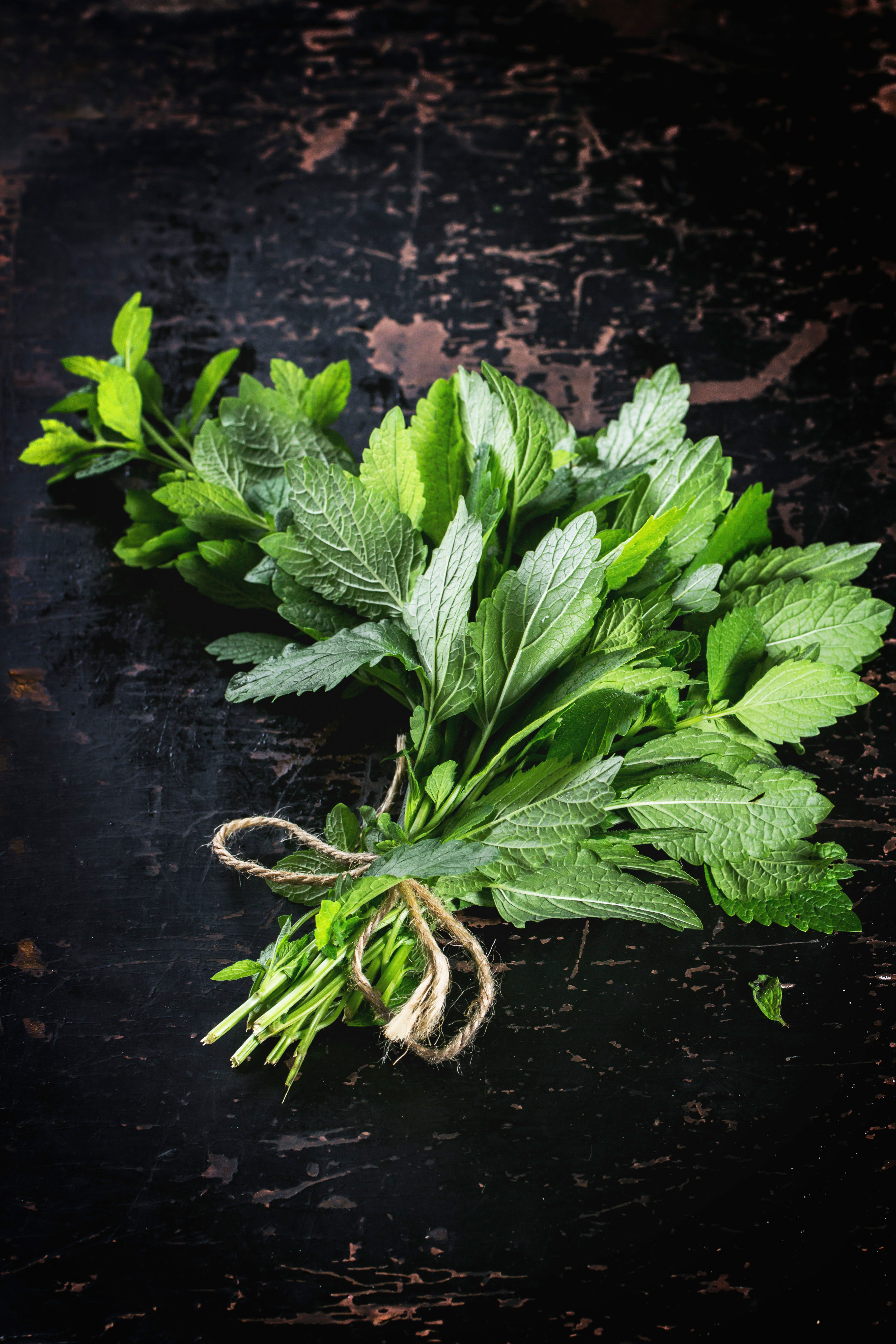
Credit: Alamy
Cultivating mint: What varietals to plant, where to plant them and whether they should be used for jelly or juleps
Mark Diacono explains why mint is for even the incurably incompetent horticultural enthusiast.
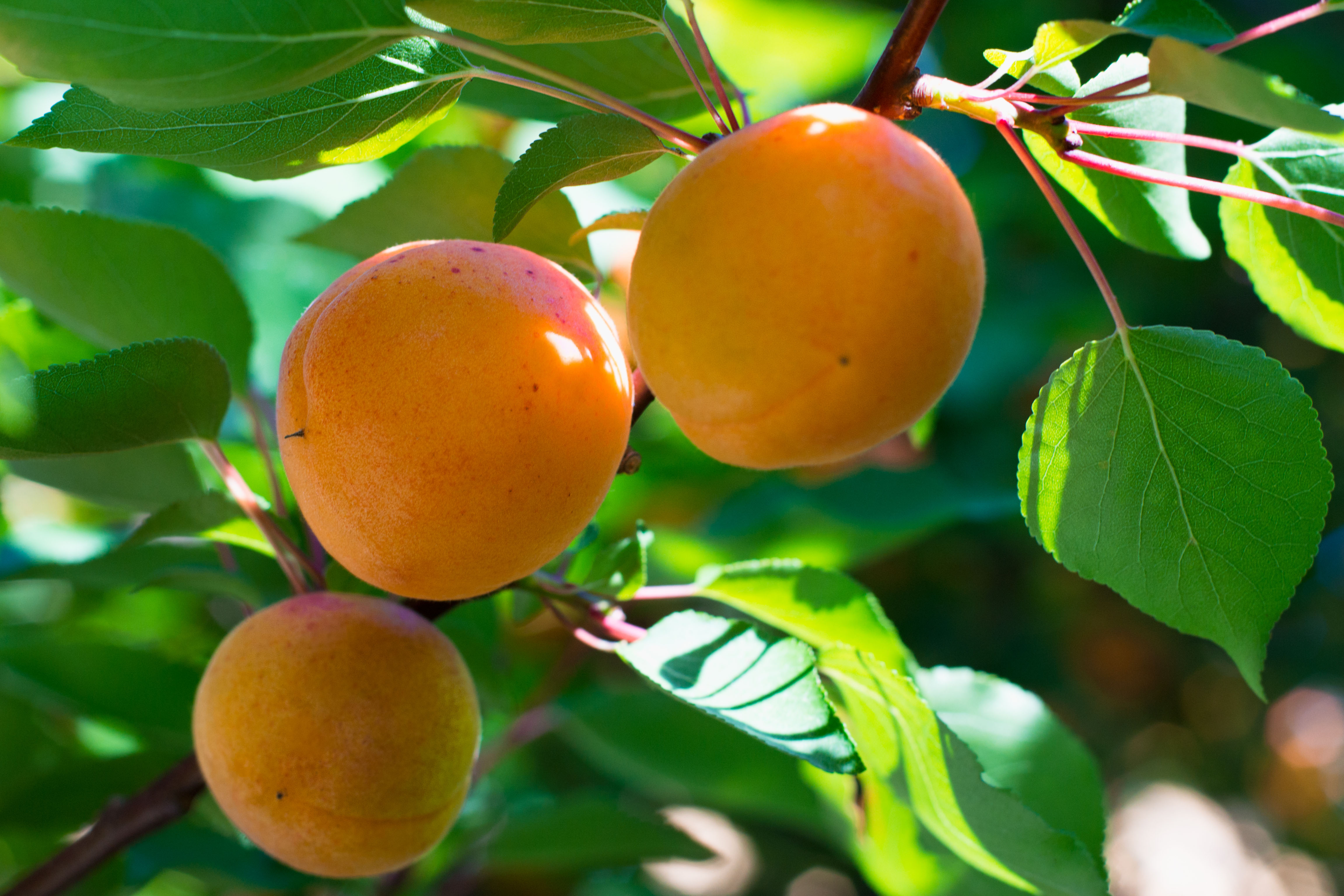
Credit: Alamy
How to grow your own apricots and enjoy 'deep, honeyed richness' far beyond what you'll find in the shops
Mark Diacono hasn't eaten a fresh apricot from a supermarket in years — here are his tips on how to grow
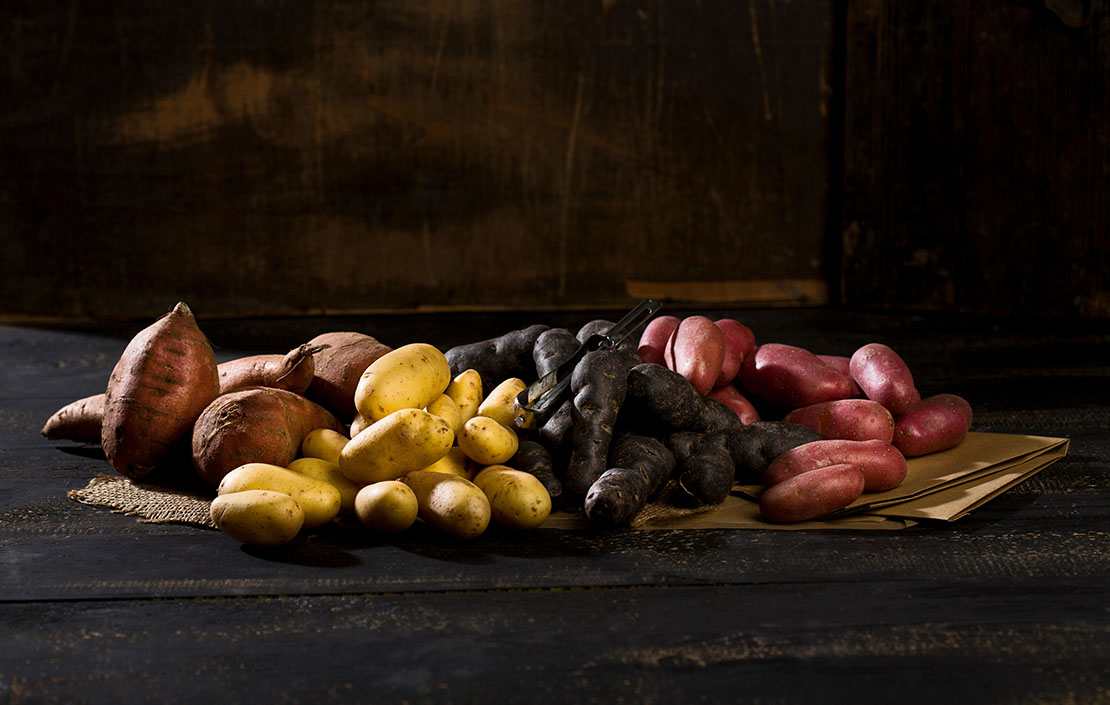
Why you should grow your own potatoes and the 8 varieties you need to try when you do
Mark is lucky enough to spend most of his time eating, growing, writing and talking about food. He has written fourteen award-winning books, including A Year at Otter Farm and A Taste of the Unexpected (both won Food Book of the Year, and Garden Book of the Year). Known for growing everything from Szechuan pepper to pecans to Asian pears, Mark's refreshing approach to growing and eating has done much to inspire a new generation to grow some of what they eat. He was involved in the early days of River Cottage, appearing in the TV series, and writing four River Cottage books. Mark writes to a global audience on his best-selling Substack: Mark Diacono’s Abundance.
